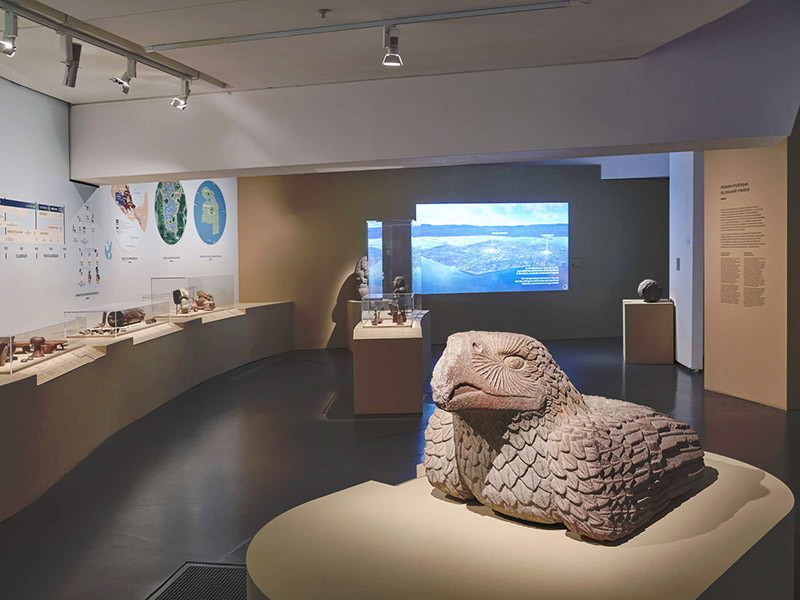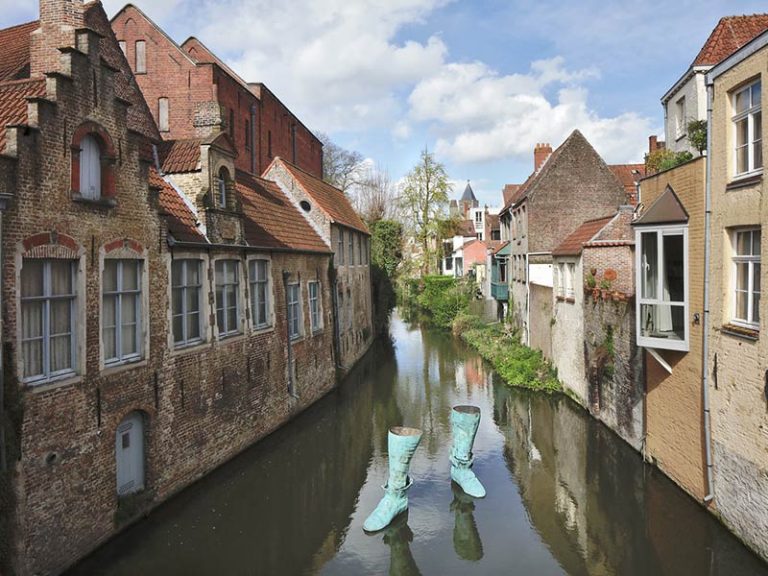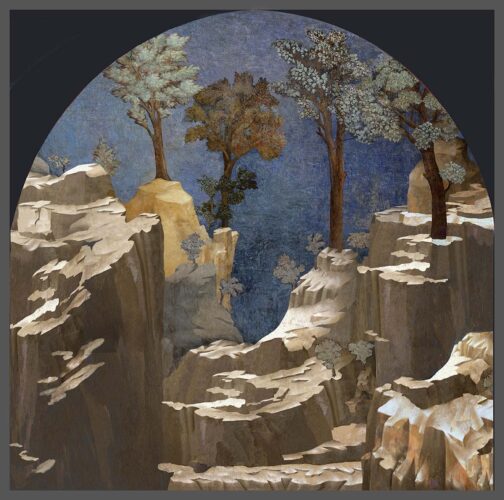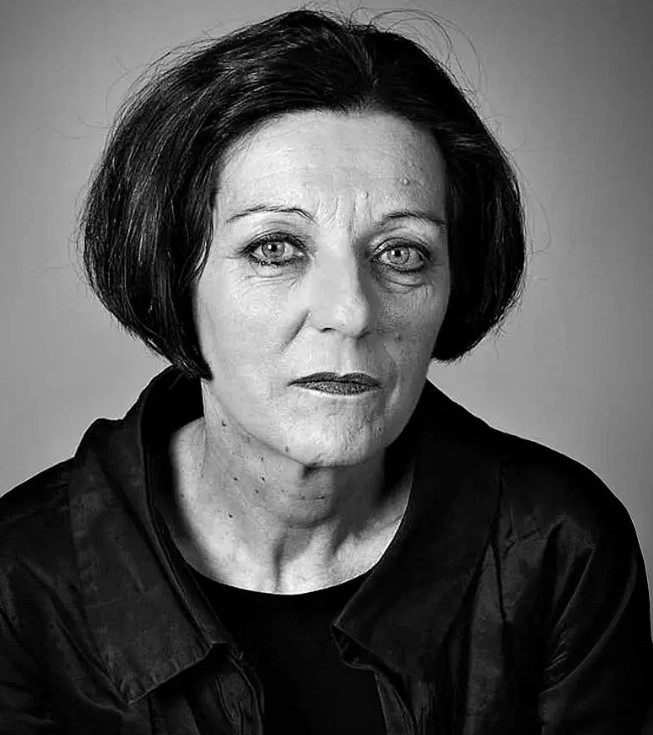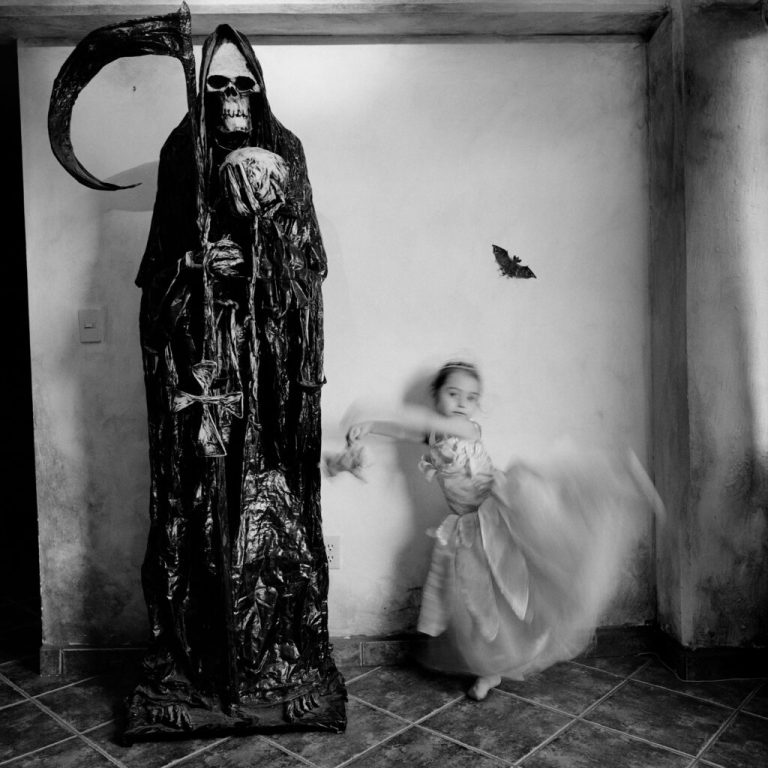Paris. For the curators of the Musée du quai Branly, an old habit was called into question during the preparation of the “Mexica” exhibition: to name the people who built their empire (1325-1521) around Lake Texcoco and collapsed. with the arrival of the conquistadors in the 16th century, we should no longer speak of Aztecs but of “Mexicas”. It is a requirement of Mexican lenders to replace the name given in the 19th century by the German explorer Alexander von Humboldt and based on mythological stories with the gentile that this pre-Hispanic people used to designate themselves. A habit that dies hard, since the term “Aztec” can still slip inadvertently under the language of conservatives, although the latter accede to this desire for semantic reappropriation.
This small revolution is indicative of the desire of Mexican institutions and civil society to regain control of a historical narrative until now largely preempted by European archaeology. An excavation site carried out since the end of the 1970s symbolizes the voluntarism of research in Mexico: that dedicated to the Templo Mayor, the heart of ancient Tenochtitlan and today of the capital Mexico City. The latter is in fact built on the ruins of the fascinating Mexica city razed by the conquistador Hernán Cortés in 1521. It is precisely this exceptional site, and complex due to its location in the city center, which is presented at Quai Branly, and for the first time in Europe. The Parisian museum also benefits from the expertise of the site director, Leonardo López Luján, for the “Mexica” curator.
Far from the world tours of archaeological treasures organized by certain countries to boost their tourism, the exhibition, the result of a collaboration between Mexican institutions and the Quai Branly, is above all a moment of scientific dissemination, while at the foot of the Cathedral of Mexico City, excavations of the pre-Hispanic temple are in full swing. “On the labels, we indicate that there are 209 offerings discovered on the site, but the information is already obsolete since four additional offerings have been discovered since the opening of the exhibition”says Fabienne de Pierrebourg, curator of the Americas collections and co-curator.
These offerings constitute the heart of current archaeological research, as well as the exhibition presented in Paris. The route is built like a path towards a vast room where the gifts of the Mexicas intended for their gods are presented, gifts that they buried on the embankments of the Templo Mayor pyramid. Dominated by an evocation of the silhouette of the main temple of Tenochtitlan, this space is divided into two sequences: on the right, a review of the objects, materials, animals, and even human remains which constitute these offerings; on the left, the reconstruction of complete offerings in their container. This two-part statement allows us to understand that the offerings consisted of luxurious imported products, animals foreign to the shores of Lake Texcoco and kept in the imperial vivarium before their sacrifice, and also humans including children, in proportions, however, much smaller than those of the massacres presented by colonial sources (only 1,500 sacrificial victims were discovered, far from the 80,000 victims in a single ceremony mentioned by Spanish documents).
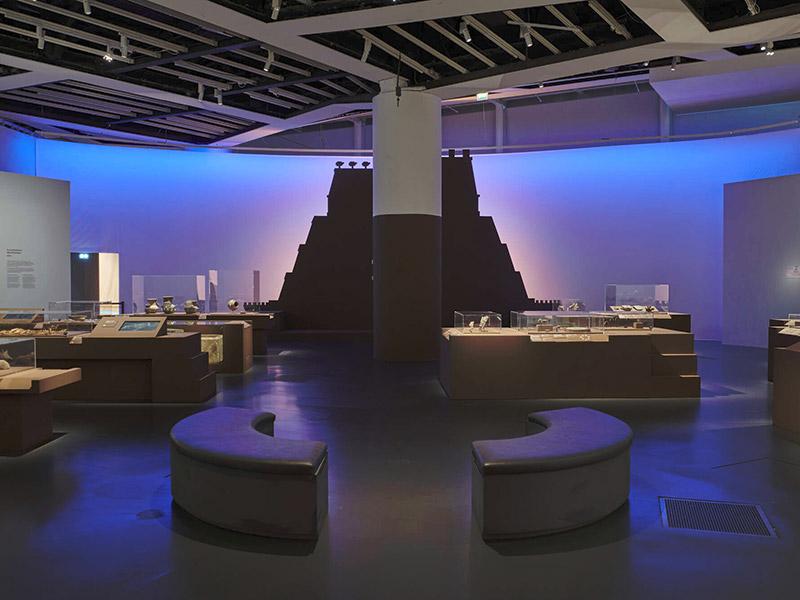
These offerings, contained in jars or stone chests often displaying the remains of animals adorned with gold, refer to exceptional rituals in the life of the Mexica: most of the offerings made of perishable products have left no archaeological trace . To understand the sophisticated practice of these gifts made to the gods, a good knowledge of the religion of the Mexica is necessary. This is the challenge of the first part of the exhibition, which should allow visitors to familiarize themselves in a few rooms with the main concepts of Mesoamerican beliefs: dualism, which organizes the world by opposition (dry/humid, light/darkness, etc.), and above all the structure of the world in three layers (underworld, terrestrial world, celestial world) supported by four pillars and a axis mundi central.
It is necessary to underline here the clarity of the graphic work which manages to make intelligible, with the help of diagrams, this complex cosmogony, and the scenographic solutions found to embody it in a tangible way. The quality of the Mexican loans (from the monumental eagle opening the route to the frightening statue of the god of Death, Mictlantecuhtli) illustrating this little Mexica catechism allows one to become familiar with a prolific pantheon: if the names of Quetzalcoatl or Huitzilopochtli remain difficult to memorize , the route allows their representations to be quickly identified using their attributes.
Sparing pedagogy and the spectacular, the tour ends with the survivals of the rite of offerings in present-day Mexico, with a large reconstruction of an altar which combines pre-Hispanic beliefs and the Catholic religion. By always sticking to its subject, the offerings, the subject proves to be much more constructed and enriching than the “civilizational” exhibitions to which non-European history is often confined.

